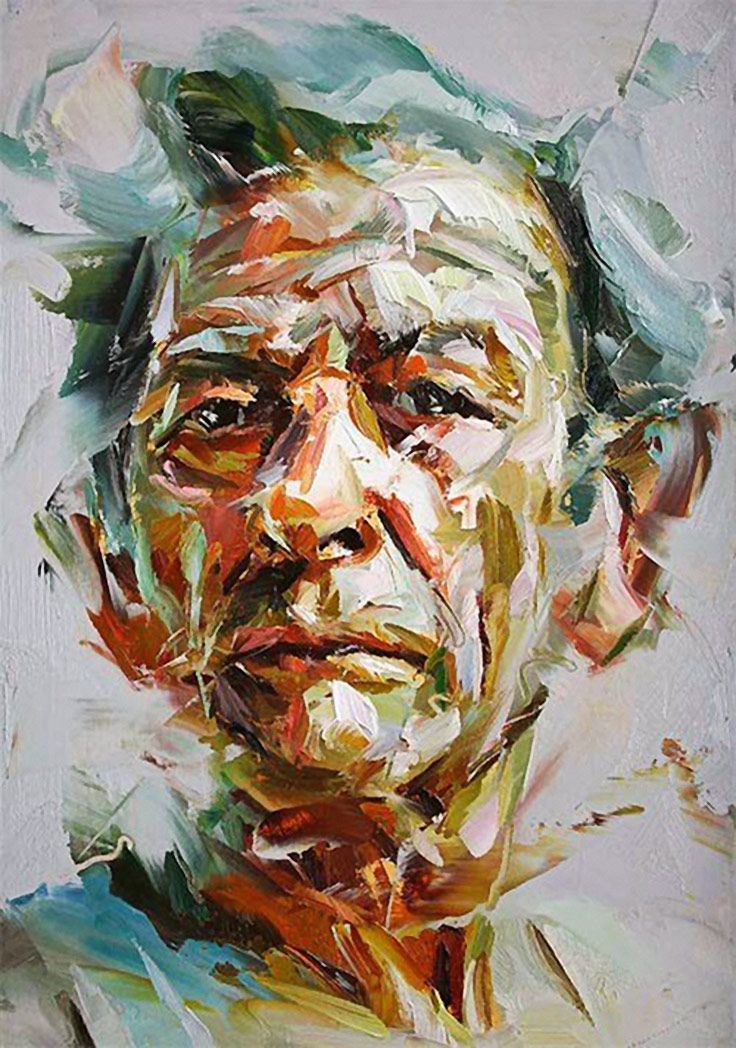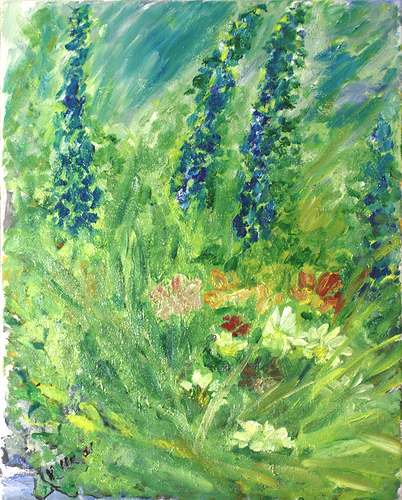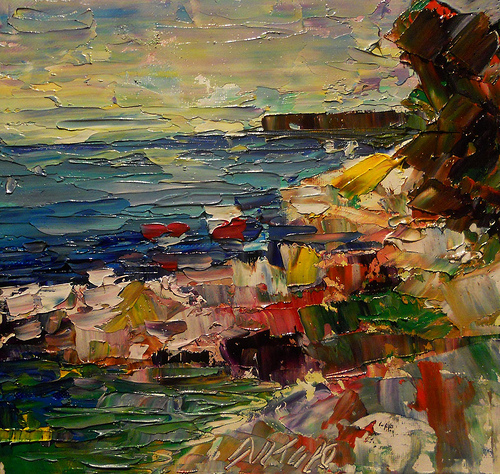Oil paintings, with their unique character-like properties, have a rich history that dates back centuries. The paint, with its different flexibility and depth of color, can be applied in many ways, from thin glazes diluted with turpentine or linseed oil to a dense, thick paste. Because it is slow to dry, artists can continue working on the paint for much longer than other types of paint, a characteristic that has been exploited by artists throughout history. This extended working time provides a more significant opportunity for blending and layering, a technique that has been used to create some of the most iconic works of art.
Oils also allow the artist to create an extraordinary richness of color and a wide range of transitions in intensity and shades. The colors do not change noticeably after drying, and it is possible to produce both opaque and transparent effects, as well as gloss finishes with stunning effects of light, color, and realism.
Oil paint reacts and dries chemically with oxygen in the air, gradually changing from a liquid to a gel and finally becoming hard. Some colors dry at different rates, and the paint can be applied and then reworked. The application can be with a brush, knife, cloth, toothpick, or whatever works. Once the painting is complete, it is important to take care of it to ensure its longevity. This includes protecting it from direct sunlight, extreme temperatures, and humidity, as well as regular cleaning and maintenance. With proper care, an oil painting can last for generations, preserving the artist's vision and skill for years to come.







